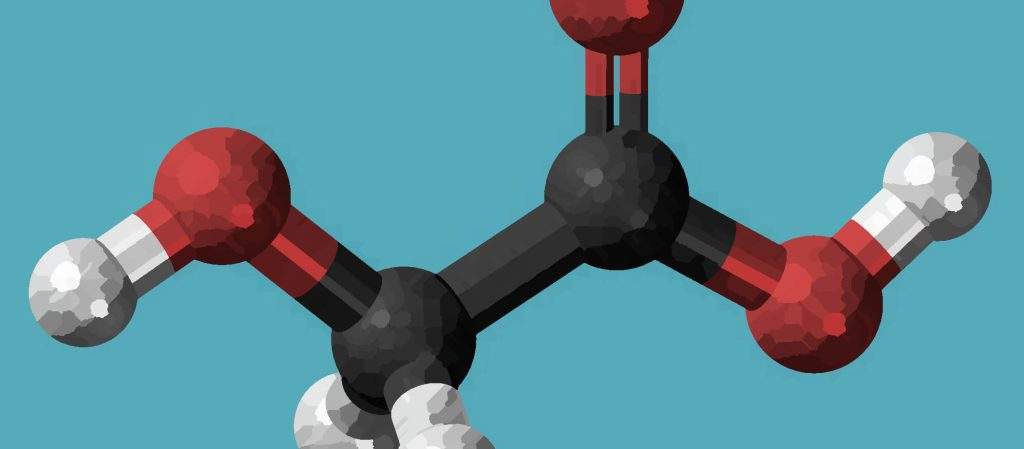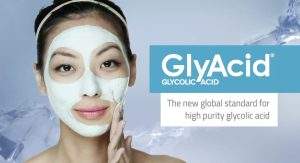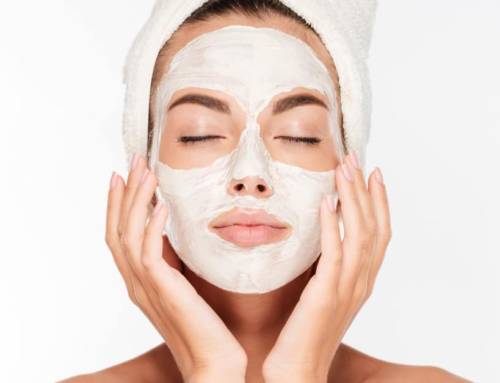The Facial Scar Solution: Glycolic Acid

And, with its incredible utilitarianism and workhorse capabilities, it’s no wonder the global glycolic acid market is anticipated to reach $415 million USD by 2024, according to new market insights.
More specifically, there’s a projection of increased consumer demand for cosmetic products designed to “aid in reducing facial scars and marks” – and this means products containing the ultimate facial scar adversary, glycolic acid.
How facial scars and marks form
Facial scars and marks are caused when the second layer of the skin, the dermis, is damaged. After the injury occurs, a blood clot forms on the topmost barrier layer of skin and covers the wound with a scab. Meanwhile, the dermis layer continues the skin’s healing process by sending out fibroblasts (collagen producing cells) to rebuild the structure of the damaged tissue.
Unfortunately, when the body is trying to heal as fast as possible, new collagen cells can be distributed unevenly. These hastily distributed collagen cells then create either a raised or indented mark on the face, leading to the formation of a scar.
Facial scars and marks are often notoriously tricky to heal
Most commonly, facial scars and marks are caused by injuries, surgeries, burns, or blemishes and breakouts that are picked or prodded. While many minor facial injuries can fade and heal over time, more stubborn facial scarring is highlighted by a shiny mark, a raised or indented scar, and a discoloration of the skin tone that lingers.
Additionally, facial scars and marks are often notoriously tricky to heal, as the face is constantly exposed to sunlight, fluctuations in weather and temperature, pollution, and a wide variety of irritants. The undesirable outcome? Scars and facial marks that take longer to heal, and hang around long past their welcome.
Scar solutions with glycolic acid
However, luckily for consumers, glycolic acid is an affordable and efficacious over-the-counter ingredient that can help to quickly heal and reduce facial scarring, marks, and subsequent skin tone discoloration.
First, glycolic acid aids in a faster healing of facial scars, because glycolic acid briskly breaks down and removes dead and damaged skin cells. The small molecule size of glycolic acid allows it to rapidly and deeply penetrate the surface of the skin, including the highly damaged skin cells of a scar. Over time, a frequent topical application of glycolic acid can help slough off the injured skin cells of a scar faster – and drive healthier new skin cells to the surface of the face.
Secondly, glycolic acid is crucial for rapid facial scar healing, because glycolic acid boosts collagen production. Glycolic acid encourages the production of both new healthy skin cells and new collagen, which is vital for creating smooth facial skin once again. Collagen is the main protein that creates the structure of the skin, and a new, normally distributed collagen layer helps reduce the indented or raised look of a facial scar or mark.
Learn about GlyAcid®
The new global benchmark for high purity glycolic acid.The most popular product formats to help shed damaged scar skin cells and boost collagen production include at-home glycolic acid based chemical peels, swipeable glycolic acid soaked pads, or more intensive glycolic acid creams, for overnight repair.
Thanks to its ability to both boost collagen production and exfoliate damaged skin cells, glycolic acid is truly the perfect component to add into product formulations for combating facial scarring, marks, and discoloration. And as the consumer desire for more affordable and effective aids to quickly heal facial scarring and marks grows, so will the global demand for quality glycolic acid.






